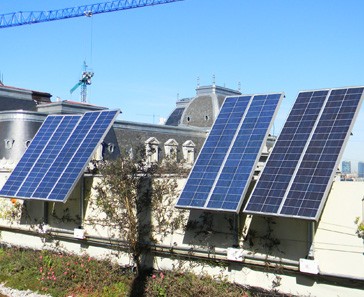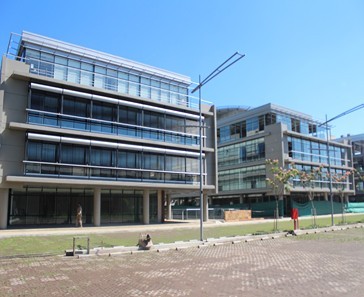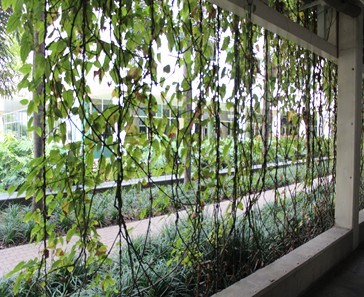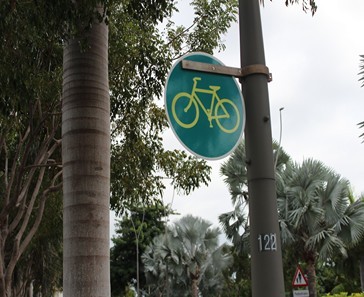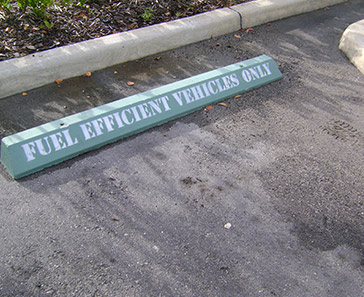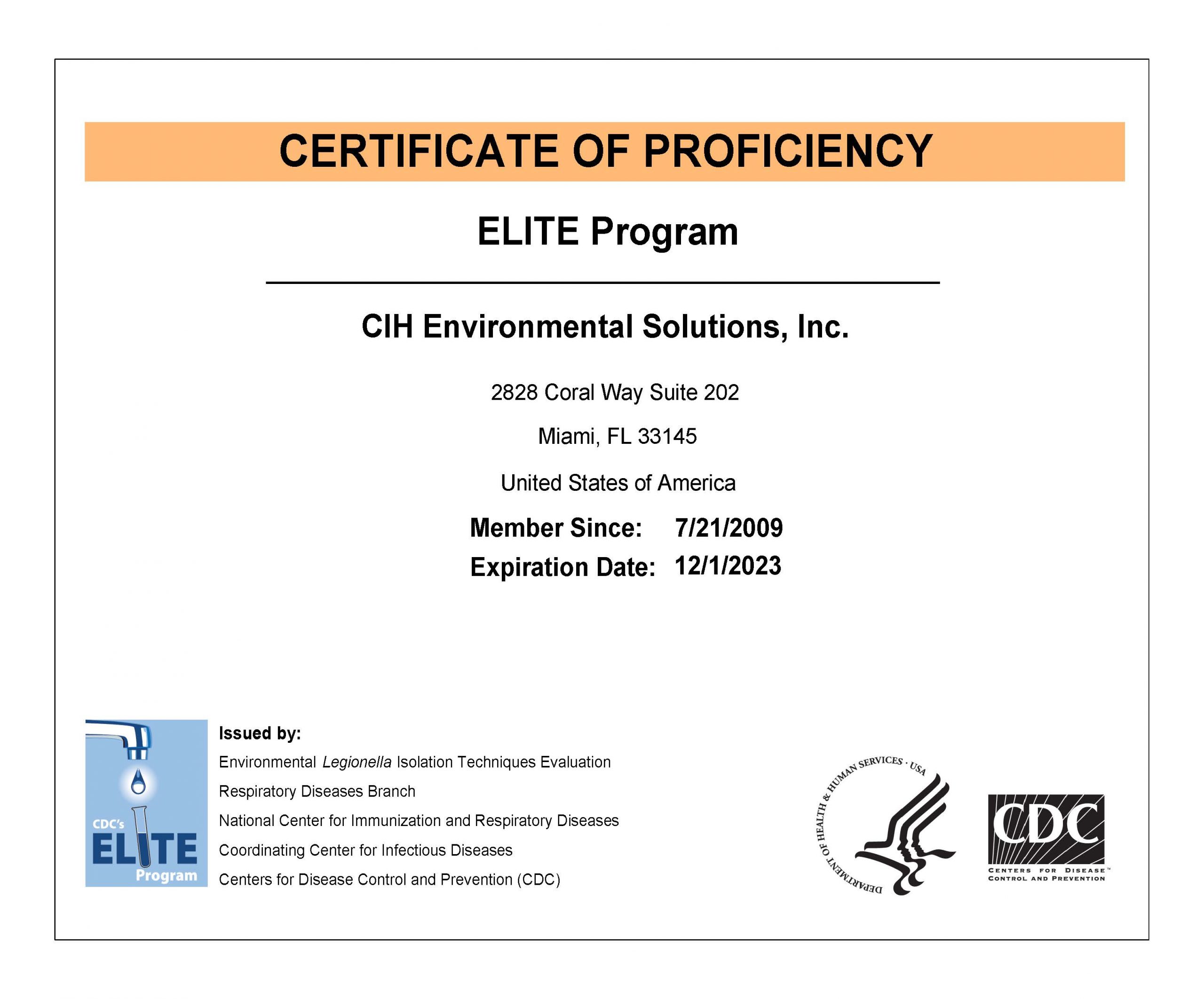Mold Surveys
Mold assessments generally follow guidelines set by authoritative bodies such as the United States Environmental Protection Agency (US EPA) and the New York City Department of Health (NYCDOH). The widely accepted NYCDOH document, “Guidelines on Assessment a nd Remediation of Fungi in Indoor Environments”, is often used during assessment and removal of contamination.
(IEQ) Indoor
Environmental Quality
CIH Environmental Solutions conducts over 500 indoor air quality surveys each year. Assessments are conducted by rigorously trained personnel. The surveys are carried out in two forms, routine preventive care and reactive surveys.
Legionella Analysis
The South Florida community, including prestigious medical facilities have been relying on CIH to monitor their water systems for more than two decades with its own in-house CDC approved ELITE Laboratory, CIH Environmental Solutions Inc.
Mitigation
Consulting
CIH assists building owners to restore damaged properties by providing an independent unbias three phase approuch. Those three phases are, initial assessment, and inspection during the remediation and post remediation.
Industrial
Hygiene
CIH provides training in Hazard communication to help ensure that the hazards of all chemicals, produced or imported, are evaluated and that information regarding their hazards is transmitted to employers and employees.
Forensic Building
Studies
Rain or flood waters entering a property generally causes concerns, including property damages, potentialliabilities and health implication due to exposure to microorganisms or other pollutants. We assists identifying affected areas.
LEED Certification / Commissioning
CIH has a marvelous team of professionals dedicate to meet the client’s sustainable needs by providing expert opinions in energy related topics as well as water conservation and indoor air quality management practices.

Mold Mitigation | Mold Surveys
Mold assessments generally follow guidelines set by authoritative bodies such as the United States Environmental Protection Agency (US EPA) and the New York City Department of Health (NYCDOH). The widely accepted NYCDOH document, “Guidelines on Assessment a nd Remediation of Fungi in Indoor Environments”, is often used during assessment and removal of contamination. Armando Chamorro, our president and Certified Industrial Hygienist, contributed to the revision of this document, placing CIH Environmental Solutions in a unique position to provide expert advice during mold assessment and remediation.
CIH Environmental Solutions offers assessments for various phases of a project. Our initial mold assessment evaluates damages and potential causes to determine a protocol for remediation and includes visual inspection and sampling. Our visual assessment during remediat ion inspects the procedures and activities and provides guidance for contractor personnel to be in compliance with the above mentioned guidelines. Our post remediation assessment verifies completion of remediation activities via visual inspection and sampling to determine if the affected areas are suitable for reconstruction and subsequent reoccupancy. With each assessment, a detailed report is generated and includes photographic documentation, evaluation of findings and laboratory results, and recommendations, if any. Inspecting occupied areas, furnishings, and personal and office contents for microbial growth is part of our comprehensive mold inspections. CIH Environmental Solutions uses state-of-the-art equipment to inspect readily accessible areas as well as inaccessible areas where molds like Stachybotrys chartarum, a known toxic fungus, may not be visible. To help prevent microbial growth, infrared thermal imaging cameras and moisture meters are used to assess potentially wet areas that can be conducive to mold growth.
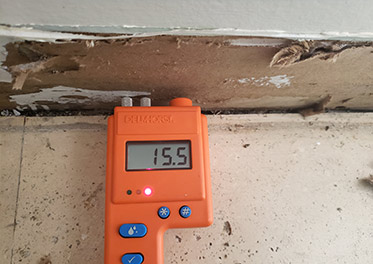
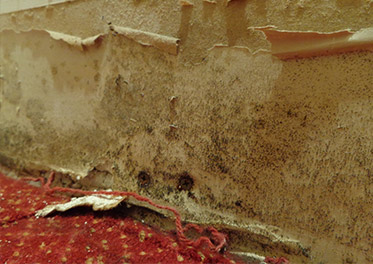
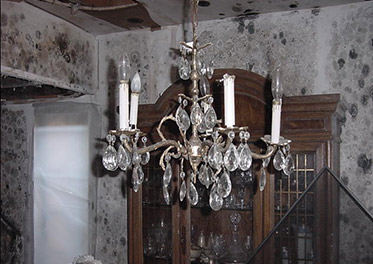
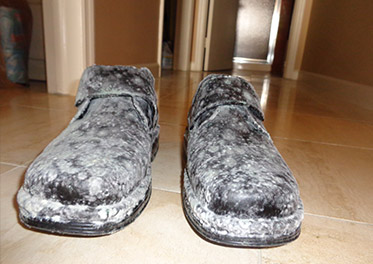

(IEQ) Indoor Environmental Quality
Indoor Air Testing
CIH Environmental Solutions conducts over 500 indoor air quality surveys each year. Assessments are conducted by rigorously trained personnel that ensure compliance with standards issued by the American Industrial Hygiene Association (AIHA), Occupational Safety and Health Administration (OSHA), and the American Conference of Governmental Industrial Hygienists (ACGIH). The surveys are carried out in two forms, routine preventive care and reactive surveys. Both assessments use testing regimen from the U.S. Environmental Protection Agency’s (EPA) document, A Standardized EPA Protocol for Characterizing Indoor Air Quality in Large Office Buildings. Inspections sample common air pollutants like carbon dioxide, carbon monoxide, volatile organic compounds, and airborne particulates. Thermal comfort is also evaluated. Having proper indoor air quality conditions helps meet OSHA, ACGIH, and World Health Organization (WHO) standards. Maintaining the air quality within acceptable federal, international, and industry guidelines also provides compliance with American Society of Heating, Refrigeration and Air-Conditioning Engineers (ASHRAE) standards.
Proactive Surveys
Proactive or routine Indoor Air Quality surveys are often part of an Operations and Maintenance plan (O&M) and are geared toward documenting good industry wide building practices. While no set standard defines the survey protocol, random air and water sampling along with inspections of the occupied areas and HVAC systems are generally included in the procedure. When unusual conditions are discovered proactive actions can be implemented by the O&M team prior to reaching conditions that would prompt occupant discomfort or illness. Proactive surveys typically include monitoring for common indoor air quality pollutants such as carbon dioxide and monoxide, airborne particles, Volatile Organics Compounds and airborne mold coupled with thermal comfort parameters such as temperature and relative humidity.
Investigation Surveys
Reactive or investigate surveys are often prompted by concerns regarding indoor air quality such as occupant or tenant discomfort, potential exposures to unknown contaminants, etc. CIH assists clients in the recognition, evalution and control of challenging contaminants whether their nature is microbiol, physical or chemical. The approuch to the resolution of the these situations requires highly trained Board Certified Industrial Hygienist, such as those engaged in CIH project, equiped with state-of-the-art sampling and analytical equipment along with reputable laboratory support to process the necessary samples.
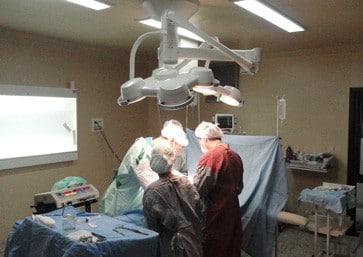
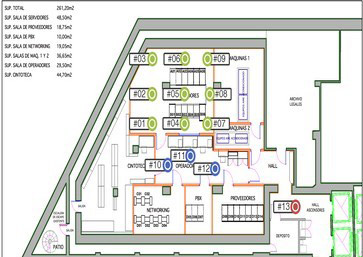
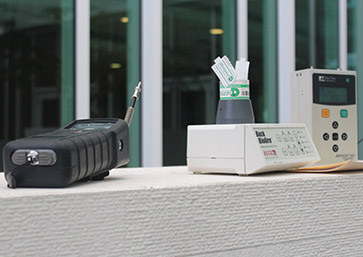
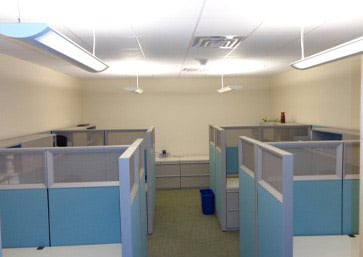
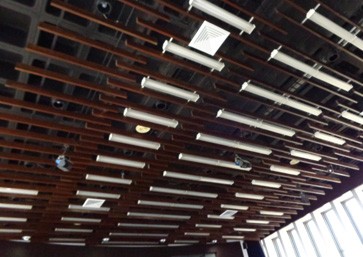

Legionella Analysis
Since July 10, 2015, New York reported 108 individuals with Legionnaires’disease; 101 of them hospitalized while 10 individuals deceased. These patients were apparently all connected to the current cluster of contamination. This cluster is large enough to worry building owners and managers. While some are reacting, others already have proactive water monitoring by an independent third party in place.
We are pleased to announce that the South Florida building community has been relying on CIH Environmental Solutions to monitor their water systems for nearly two decades with its own in house CDC approved ELITE Laboratory in partnership with CIH Environmental Solutions Inc. Many building owners and managers, including those from prestigious medical facilities, depend on the CIHES expert team’s cost-effective monthly Legionella monitoring since 1997.
Water systems, such as potable hot water, cooling tower and Jacuzzi’s, are the most common locations where bacteria lies and thrives, particularly since the bacteria amplifies in warm water conditions.
CIHES does not sell water treatment chemicals or service water systems; we focus on the environmental health and sustainability of your property.
Water quality assessments are supervised by a qualified environmental health expert, a Diplomate from the American Board of Industrial Hygiene with over 30 years of experience in Legionnella assessments, half of those years assessing buildings in NYC!
CIHES is available 24/7 to collect and analyze your building’s water quality systems, producing expeditious and confidential water analysis reports.

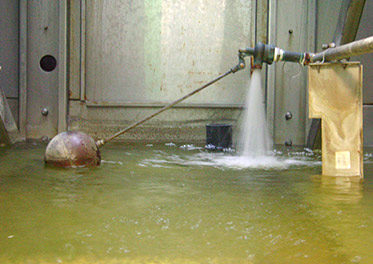

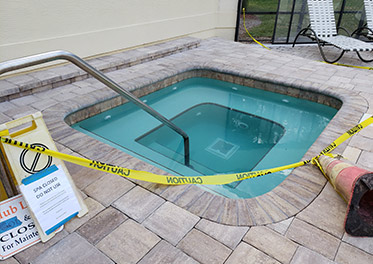


Mitigation Consulting
CIH assists building owners to restore damaged properties by providing an independent unbias three phase approach. The first phase includes an initial assessment of the site conditions and preparation of a remediation protocol. Once the qualified contractor to carryout the mitigation is on board, CIH personnel monitors the remediation procedures documenting conditions and scope adjustments as needed reporting directly to the building owner/manager. The final phase includes, commonly known as “clearance” envolves assessing the clean up procedures effectivess providing a detail report of findings and finilizing the mitigation process.
Mold
CIH assists clients in mitigation efforts when mold contamination is detected. The three phase approach used for mold related services include initial assessment with abatement protocol preparation, monitoring during the remediation and final clearance following guidelines set by authoritative bodies such as the NYCDOH, authors of the “Guidelines on Assessment and Remediation of Fungi in Indoor Environment.
Asbestos
CIH assists clients in evaluating asbestos contamining building materials prior to site acquisitions or prior to renovations activities as requried by Government Agencies. The expedited services provided by CIHES are conducted by Licenced Asbestos Inspectors. The first phase of the asbestos mitigation process must always include the verification of the materials. Once abatment is required CIHES assist clients in monitoring the remediation process including collecting air samples for final clearance.
Fire related projects
CIH assists clients with fire ralated property damages by conducting an initial evaluation of the affected areas following state-of-the-art procedures by widely acceptable organizations. Initial assessments often include sampling of soot or fire related debris and processing the samples to validate contaminant verification and if needed potential source. Samples are submitted to laboratories with personnel trained by the prestigious Mc Crone Institute of Chicago in Particle Morphology Technics. The entire process is monitored by a Board Certified Industrial Hyginiest (CIH) with ample experience in fire related damage evalautions. When needed a remediation protocol is prepared and site abatement and final clearance is conducted.
Flood
Rain or flood waters entering a property generally causes concerns, including property damages, potential liabilities and health implication due to exposure to microorganisms or other pollutants. As water or moisture remains in the building unabated, conditions often deteriorate, particularly if mitigation is not promptly initiated. A three step approach is often formulated and consisits of an initial survey which includes a mitigation protocol, monitoring during mitigation and final clearance upon completion of remedial actions.

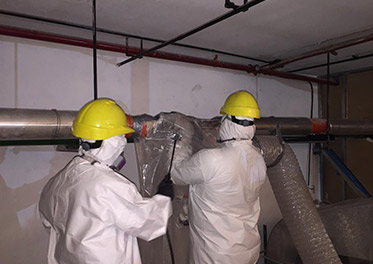

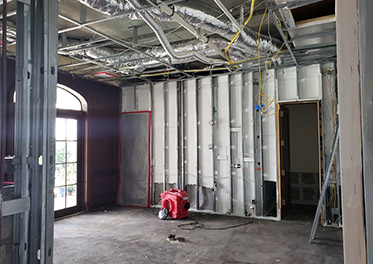

Industrial Hygiene
CIH Environmental Solutions conducts over 500 indoor air quality surveys each year. Assessments are conducted by rigorously trained personnel that ensure compliance with standards issued by the American Industrial Hygiene Association (AIHA), Occupational Safety and Health Administration (OSHA), and the American Conference of Governmental Industrial Hygienists (ACGIH).
The surveys are carried out in two forms, routine preventive care and reactive surveys. Both assessments use testing regimen from the U.S. Environmental Protection Agency’s (EPA) document, A Standardized EPA Protocol for Characterizing Indoor Air Quality in Large Office Buildings. Inspections sample common air pollutants like carbon dioxide, carbon monoxide, volatile organic compounds, and airborne particulates. Thermal comfort is also evaluated.
Having proper indoor air quality conditions helps meet OSHA, ACGIH, and World Health Organization (WHO) standards. Maintaining the air quality within acceptable federal, international, and industry guidelines also provides compliance with American Society of Heating, Refrigeration and Air-Conditioning Engineers (ASHRAE) standards. .
Hazard Communication
CIH provides training in Hazard communication to help ensure that the hazards of all chemicals, produced or imported, are evaluated and that information regarding their hazards is transmitted to employers and employees.
Chemical Exposure
CIH assists clients in determining chemical and biological exposure assessment following OSHA or NIOSH personal exposure monitoring including formaldehyde, VOC, silica and fibers in industrial and non industrial settings.
Personal Protective Equipment
By providing personal protective consulting, CIH helps clients to minimize injurious effects on the employee’s bodies while safeguarding workers in the event of accidents including Head, Eye, Face, Hand, Foot and Respiratory protection.
Site Safety Audit
CIH Environmental Solutions assists clients with their safety-related activities by conducting audits for OSHA compliance, log record keeping, training records, written program review, along with a full facility inspection for existing and potential physical and health concerns.
Industrial Ventilation
CIHES provides assessments to determine if an industrial ventilation system is minimizing or preventing worker’s exposure to chemical hazards while conserving energy. Assessments include testing air velocity and air flow requirements for a given operation.
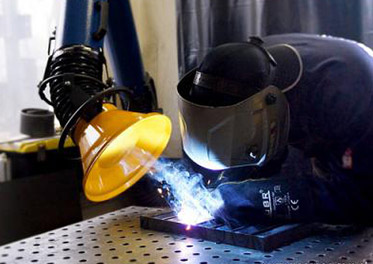
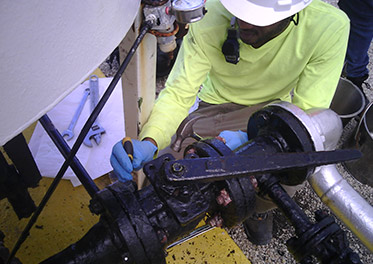

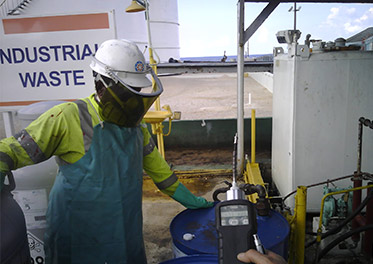

Forensic Building Studies | Building Surveys
Rain or flood waters entering a property generally causes concerns, including property damages, potential liabilities and health implication due to exposure to microorganisms or other pollutants.
As water or moisture remains in the building unabated, conditions often deteriorate, particularly if mitigation is not promptly initiated. Understanding the cause and point of intrusion of the water is the first element to address; otherwise mitigation efforts could become fruitless if recurrent water intrusion events occur.
CIHES assists clients in identifying affected areas utilizing state of the art FLIR Thermal Image Infrared Cameras along with various types of moisture meters suitable for each building material. These instruments provide immediate moisture levels results which are imperative in properly delineating of extend of the water intrusion and quantifying the degree of moisture saturation on building materials. The field data also serves to verify restoration efforts being conducted by mitigation contractors or building management. This is known as a third party independent monitoring, routinely used by clients to monitoring contractors during mitigation (water extraction or drying process). It also provides verification of acceptable conditions upon completion of tasks by visual inspection, moisture tests and microbiological surface and air studies.
CIHES provides water intrusion evaluations 24 hours a day using state of the art equipment to serve clients, contractors and insurance companies.
Hurricane Vulnerability Audits
Hurricane season runs from June through November. If disaster strikes, inadequate preparations can result in heavy personal and financial loss. CIH Environmental Solutions can assess disaster protection programs, ensuring that necessary requirements are met to limit company loss and liability.
Hurricane assessments conducted by CIH Environmental Solutions personnel include site visits and emergency operating procedure overview. During the review process, CIH Environmental Solutions will evaluate escape routes, evacuation guides, and utility shut-off procedures (this includes electrical, gas and domestic water). Shut-off procedures are especially critical because natural gas leaks, electricity malfunctions, fires, and explosions can create liability issues following a disaster.
Site visits include inspection of windows and door shutters. Roofs are also inspected and rated for potential vulnerabilities. Among these vulnerabilities is susceptibility to water damage, which can cause microbial (bacteria and mold) contamination and physically damage important records within the office.
To protect businesses from damage, building inspection, maintenance and other preventive actions are available through our Hurricane Vulnerability Building Assessments. All procedures photographically document site conditions and storage practices (in the event insurance claims need be made).
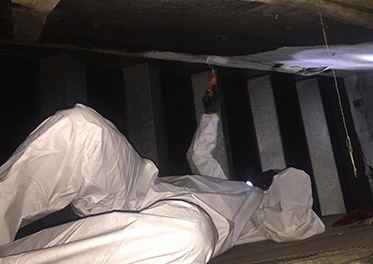
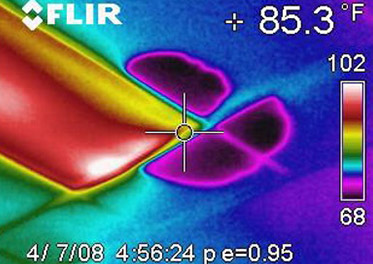



LEED Certification / Commissioning
An abundant amount of sustainable buildings form the core of US building industry. They serve as examples of good design, construction and operations and maintenance good practices. To validate such claims CIH has a marvelous team of professionals dedicate to meet the client’s sustainable needs by providing expert opinions in energy related topics as well as water conservation and indoor air quality management practices. CIH team has conducted numerous LEED building certifications, whether acting as LEED APs or Building Commissioning Agents. CIH provides initial building sustainability performance scoring in US Green Building Certification or UK BREEAM score system. The commissioning services are performed in existing as well as new construction from enhanced commissioning to fundamental commissioning assisted by Certified Professionals. 
